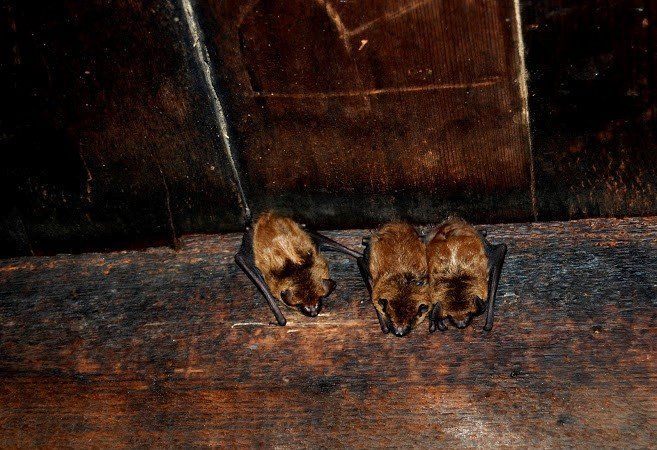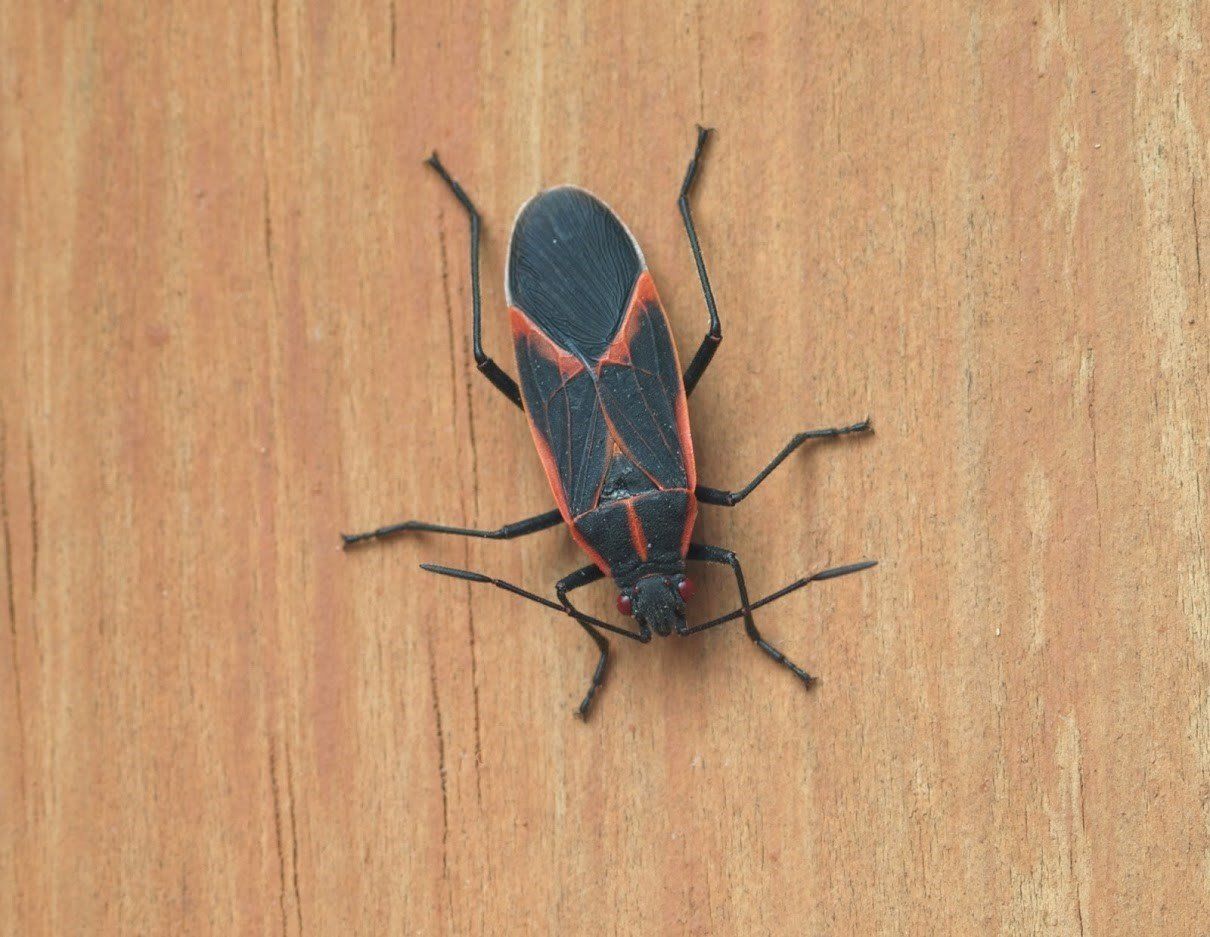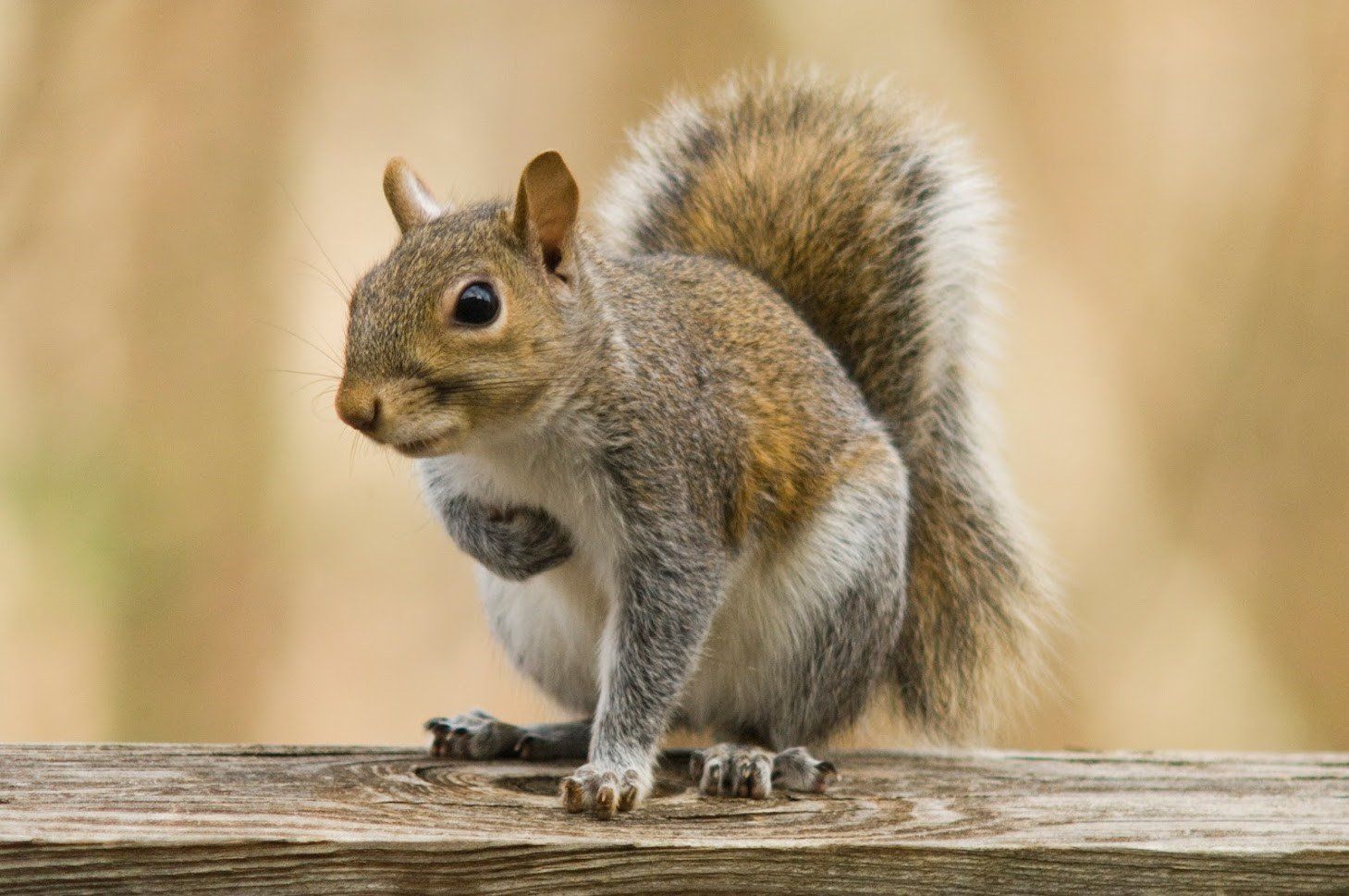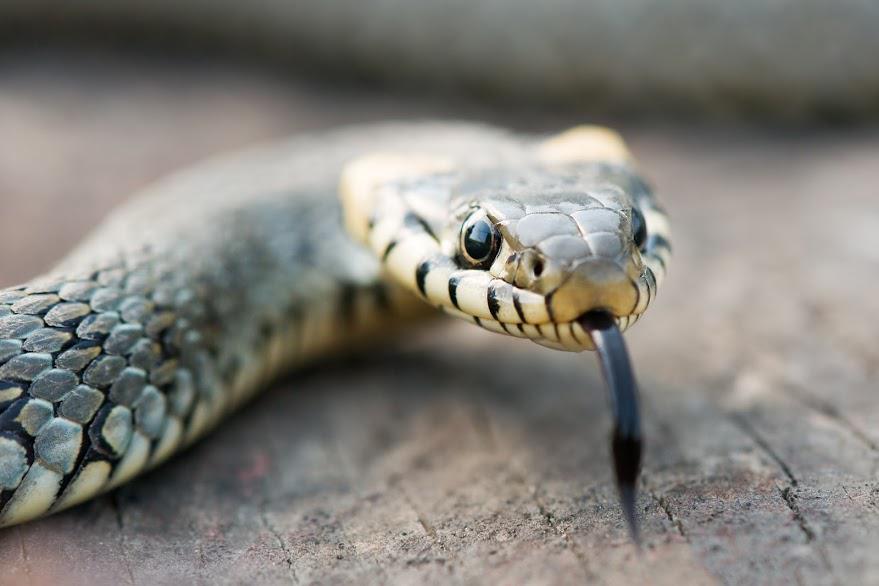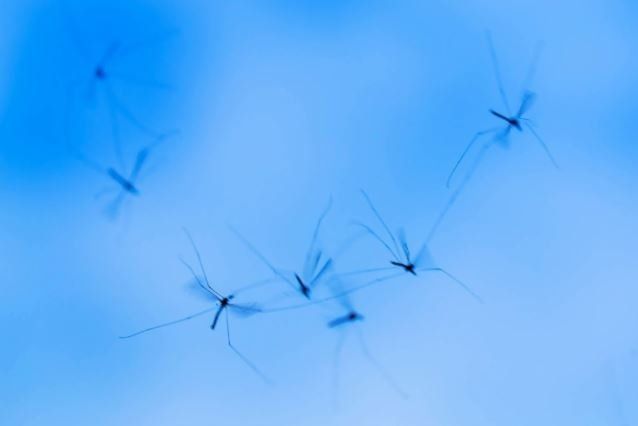What Do You Need to Know About Opossums?
May 26, 2020
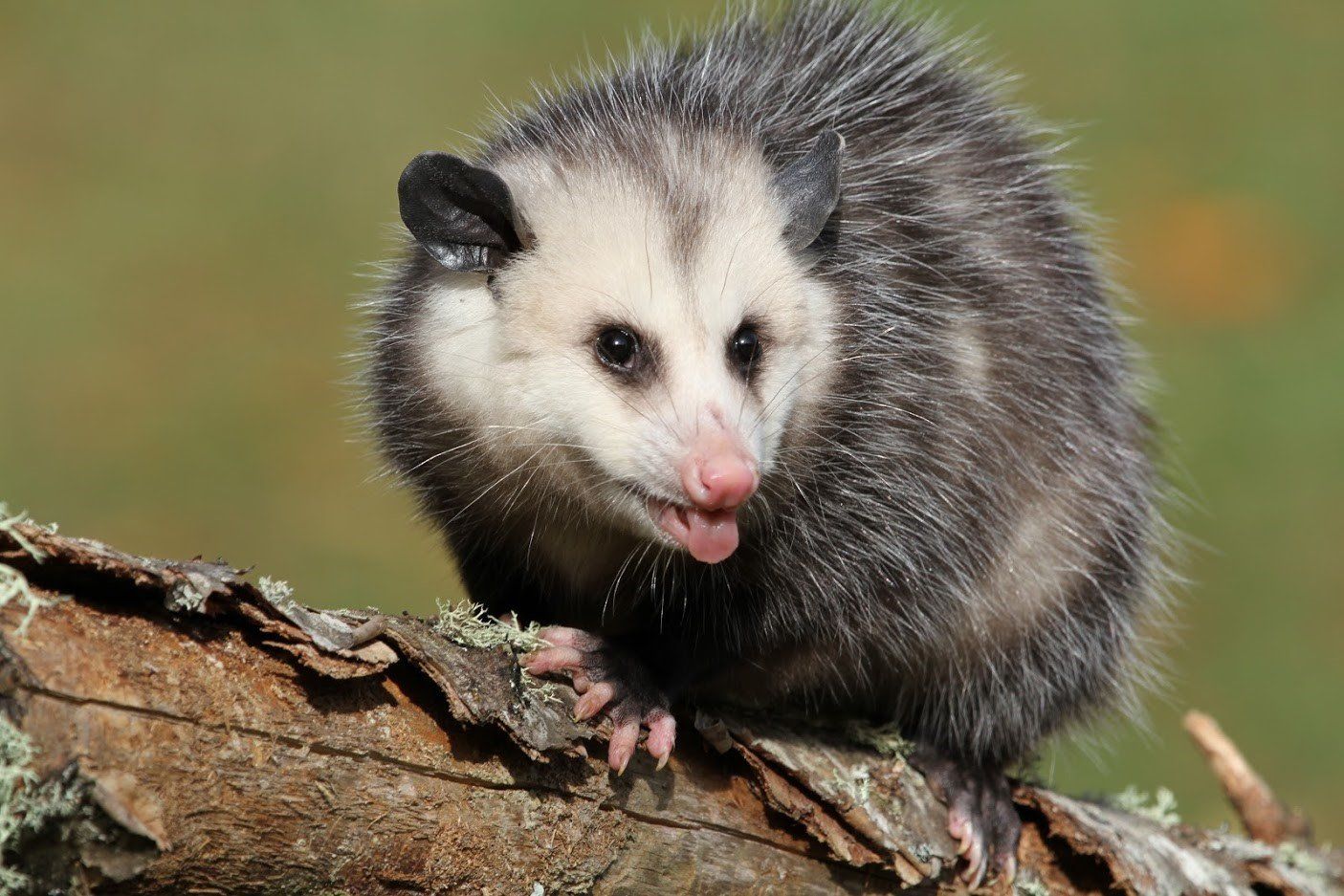
Do you have opossums in your yard? The only marsupial to live in the U.S., opossums are common household pests. If you think one of these invaders lives in your home's exterior area, take a look at the top opossum questions homeowners have answered.
What Are Opossums?
These marsupials live almost everywhere in the United States. Often confused with possums, the opossum is native to North America, while the possum is a marsupial found in China, New Zealand, and Australia.
Whether you've never seen an opossum or you just aren't sure what this marsupial looks like, this fur-covered critter:
- Is white or gray. The opossum's fur is white or gray in color.
- Is almost the size of a cat. According to the National Pest Management Association's (NPMA) website, the full-grown opossum can grow up to 40 inches.
- Has a pointy face. The opossum has a distinctive pointed face.
- Has a tail. Instead of a furry tail, this fur-covered marsupial has a thin, rat-like tail.
If you're not sure whether you have an opossum in your yard, a pest control contractor can identify the animal and recommend the next steps to take
Where Do Opossums Live?
Again, opossums inhabit most areas of the U.S. These North American marsupials live in a variety of different types of habitats, including wooded areas, fields, and spaces near streams or other bodies of water.
When opossums make a human home their own, they may nest in areas such as:
- Garages. Your garage's exterior entrance makes an easy access point for an opossum on the lookout for a new home.
- Attics. The opossum can get into your attic through an open window, vent, or similar break in your home's exterior.
- Decks. An opossum won't necessarily come into your home to nest. These pests may make their home under a low neck or wooden patio structure.
- Exterior woody areas. A hollow log or other exterior woody area is an ideal nest for this pest.
Even though the opossum may choose a rarely used space, such as a garage or attic, the invader may enter a central point in your home. A hungry opossum can get into a home through a doggy door, open entry door, or open window. If you have an opossum in your home, don't attempt to catch or trap it yourself. This is a job for a pest professional.
What Should You Do About an Opossum?
People and opossums can co-exist. Opossums often snack on other invaders, such as cockroaches, beetles, and ticks. One opossum can kill nearly 5,000 ticks annually, according to the National Wildlife Federation.
The opossum's ability to clear your yard of problematic pests makes these marsupials useful to have around the house. But this doesn't mean these wild animals are pets or something you should try to attract to your home. Even though opossums have some beneficial behaviors, they can carry diseases such as leptospirosis or tularemia.
If you spot an opossum on your property:
- Leave the animal alone. Again, never attempt to catch an opossum on your own. Even though opossums typically won't attack humans, if startled or scared, this invader could pose a threat.
- Call a professional. A pest control contractor knows how to handle an opossum. The professional can inspect the area, find the opossum's nest, and remove the invader from your yard.
- Opossum-proof your home. After the pest control professional removes the opossum, take steps to prevent a repeat invasion. Repair broken windows, doors, or exterior walls, close entry points, and clear wooded areas.
Females may have up to three litters of seven or more babies annually. If the opossum in your yard is still caring for her young, the pest control professional will need to remove the entire family. Even though baby opossums may look cute, they are still wild animals and require specialized treatment.
Do you need an opossum removal service? Contact Anteater Pest Control
for more information.
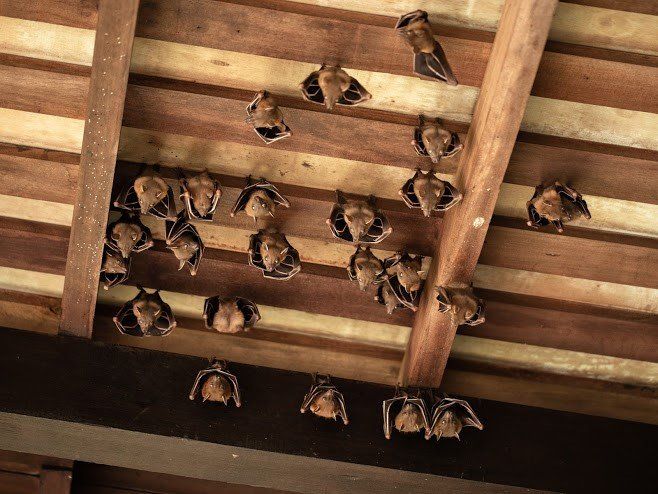
Bats can be cute when you see them in nature, but inside your home, they are more than just a nuisance. Bats can carry deadly diseases, like rabies, which means that if you have a bat, you need to take steps immediately to solve the problem. Removal Options Removal is best left to a professional due to the risks involved. Single Bat A single bat may get into the house through an open window or the chimney. The good news is that this usually is a one-time event and you don't have an infestation. The best course of action is to remove pets and people from the room with the bat, open all of the windows in the room, and then close off the room so the bat can't get into the rest of the house. With luck, the bat will find a window and leave. If you must handle the bat, wear gloves and do not touch the bat directly. The safest option is to call in a pest service if the bat doesn't leave on its own. Roosting Colony Sometimes your home provides the perfect place for daytime roosting. Little-used attics are most at risk, but bats may also colonize crawlspaces, spaces in your walls, or outbuildings. You should not try to remove an entire colony of bats on your own. A pest professional that is aware of local and federal wildlife laws should be called in to trap and remove the bats. Prevention Tactics Once you are free of the bats, your next step is to ensure that they cannot return. Exclusion If a bat can't get into your home, you can't have a bat problem — which is why exclusion is your main goal. Your pest service will inspect your home and find the likely entry points that the bats are using. You can also watch your home during the twilight hours to find where the bats are emerging. Once you know the likely entry points and have had all bats removed from the house, you can seal up the openings so the bats can't regain access to your home. Alternative Dwellings If you live in an area with a high bat population or would simply like to keep these beneficial insect-eaters nearby, then providing alternative dwelling options can be just the ticket for diverting bats away from your home. You can buy or build simple bat boxes. These boxes are typically attached to trees or poles to provide a more attractive roosting space for the bats. Cleanup Safety Bats are not clean animals. If a bat has been roosting in your home, then you will have droppings (called guano) and urine to deal with. Guano Sanitation Bat guano can carry histoplasmosis, a fungal spore that can cause a chronic respiratory disease. If you must try to clean up on your own, you need to cover all of your skin, wear gloves and eye protection, and use a respirator mask. All debris must be cleaned up and all surfaces must be sanitized with a bleach solution. Professionals will also use a HEPA vacuum, which has a strong filter that ensures none of the possible fungal pathogens remain in the air. Dead Bat Removal Extreme caution is necessary if there are dead bats in your home. Conditions like rabies can still be transmitted from dead animals. Wear gloves and do not touch the bat directly if you attempt to remove it yourself. The area where the bat was found must also be completely sanitized with a bleach solution. For more assistance with a bat in the home, contact Anteater Pest Control, Inc.

